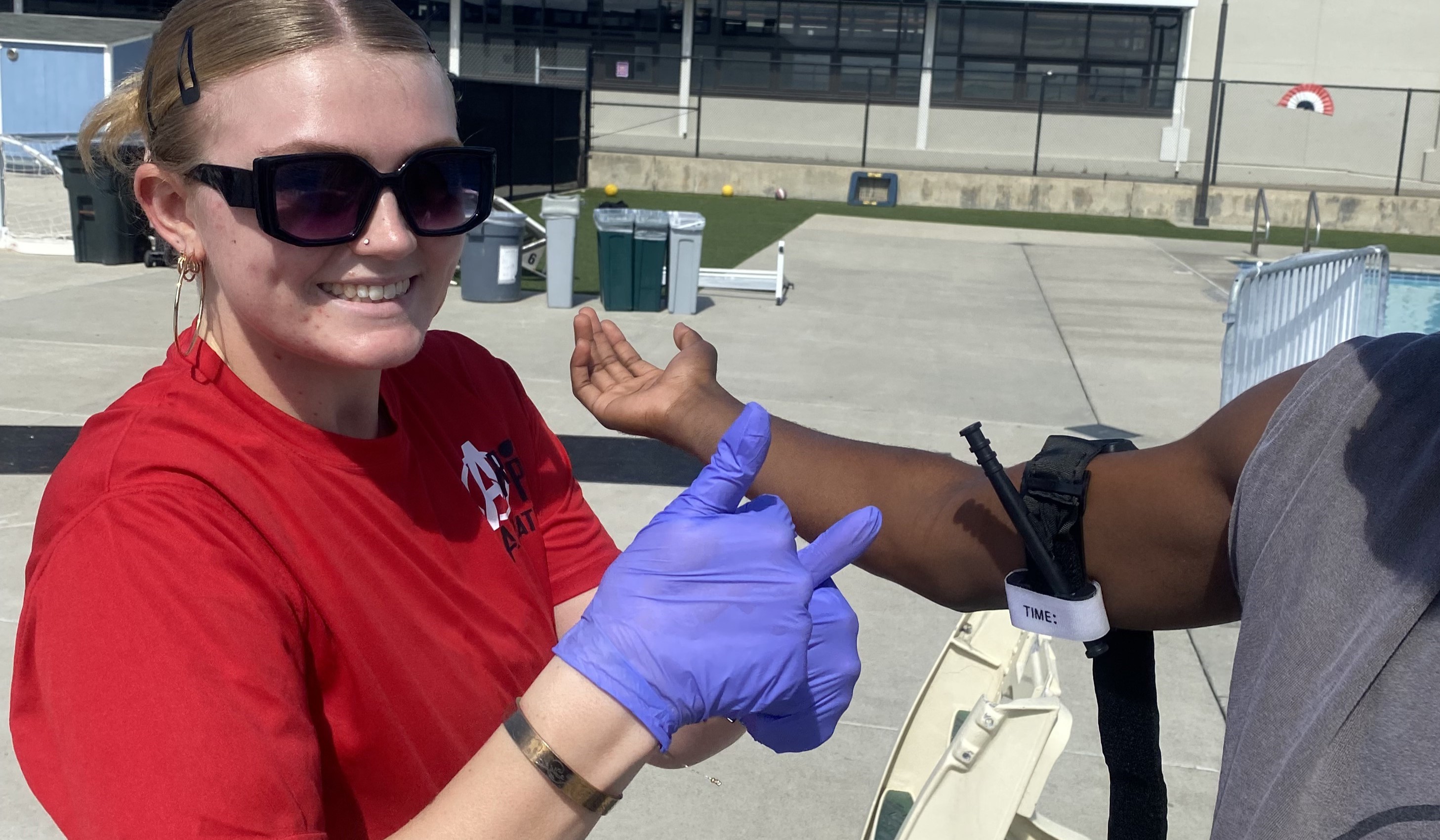Among all the talk of a historically tough 2009, and hopes for 2010, one comment continually arises: “It seems like there should be more companies folding,” says Mike Geremia, president of Geremia Pools, a Pool & Spa News Top Builder in Sacramento, Calif.
Geremia estimates that his market is down 60 to 70 percent, but only about 30 percent of local pool builders have closed their doors.
“Somewhere along the line, this thing has to match fall-for-fall,” he says.
Many industry members making this observation laud the resilience of the surviving firms. Others believe the number of companies must be reduced so the industry can begin pricing its products for a healthier profit.
But whichever view they take, most experts agree that by the beginning of spring, the hardest-hit regions of this industry will have experienced a shake-out.
Still standing
There are a number of reasons why so many building firms have managed to remain in business.
It began with the timing of the fall 2008 financial debacle, says Nanette Zakian, president of Hachik Distributors, Inc. in Aston, Pa.
“It gave everyone in our industry, at least in our marketplace, the ability to foresee what was to come for 2009,” she says. “I remember thinking, ‘Thank goodness it didn’t happen in April or May.’ We all had time to plan. So many builders laid off [seasonal] people sooner than they would have and certainly brought them back later than usual. They knew that 2009 was going to be a lean season, so those that did early buys adjusted them accordingly.”
Many of those still standing believe that the truly weak companies — those that managed to thrive solely because of the non-stop demand in the middle part of last decade — have already closed down.
Those that remain, they say, are more resilient than one would have originally thought.
“I don’t believe that there’s necessarily a direct correlation between the percentage of less pools going in the ground to the reduction of pool builders,” Zakian says. “Rather, I think that the financial stability, profitability and the ability to adapt to smaller revenues is what has helped pool builders weather the storm.”
Part of that adaptation meant cutting costs, expanding into other business segments and traveling farther for jobs. In addition, many have renegotiated terms with landlords and vendors.
But professionals list another reason why the total number of competitors hasn’t fallen — namely, those getting laid off are starting their own businesses. They do this for the same reason that many companies — even those that have been reduced to a truck and a cell phone — continue to hang on.
“If they close their doors, what are they going to do?” Geremia says. “They’ve got to do something. I think that might be part of the psychology that these guys have. You can’t blame them — they have mouths to feed and bills to pay.”
And while more pool-construction firms than expected may still be standing, the actual reduction in professionals may well be commensurate with the drop in available work. This is even more true among subcontractors.
“I believe that the shrinkage of subcontractors is related to the percentage drop in pools going in the ground,” Zakian says. “The subcontractor market is what got hit. Builders didn’t need them, so they didn’t use them.”
A steep climb
Survival mode has helped a number of companies stay open, even if that means working out of a home. But many still wonder how much longer some firms can hold on.
First, there’s the question of whether the low-ballers can continue to endure razor-thin profits. How will these companies possibly survive the winter without having accumulated enough reserves during the building season to see them through?
“I think our sales are going to be up next year, simply because I don’t believe we’re going to have as much competition,” says Stan Griffin, president of Griffin Pools & Spas, a Pool & Spa News Top Builder in Columbia, S.C. “All these pools that they’re putting in now, there’s little or no profit. We don’t think they’re going to be in business too long.”
Many believe that a firm’s debt load will prove a key distinguisher between those that make it and those that don’t. Companies that are highly leveraged on equipment that now sits unused, or are paying for more square footage than they can support, may have trouble surviving when there’s little income.
This debt can turn an already bad situation into a race against time. “To use a casino term, they’re betting on the ‘come’,” Griffin says. “These companies are thinking that if they can just make it until March or April and sell some pools, sell some products, then they’ll be able to generate revenue. But hope is a pretty bad business philosophy.”
In addition, Griffin questions what will happen to companies that haven’t finished paying local distributors. It’s a fact of life that some firms go from distributor to distributor, maxing out their credit with one, then cozying up to another.
However, these suppliers have now tightened up their terms.
And even if a builder can still get credit, Griffin predicts it will not be at the best rates, which chips away at their ability to compete in a low-baller’s market.
But there are signs of hope.
While no one expects 2010 to bring a huge upswing in business, some say that if the weather cooperates and credit loosens up there may be some modest gains. Many feel the economy has bottomed out, and perhaps the industry has done the same.


